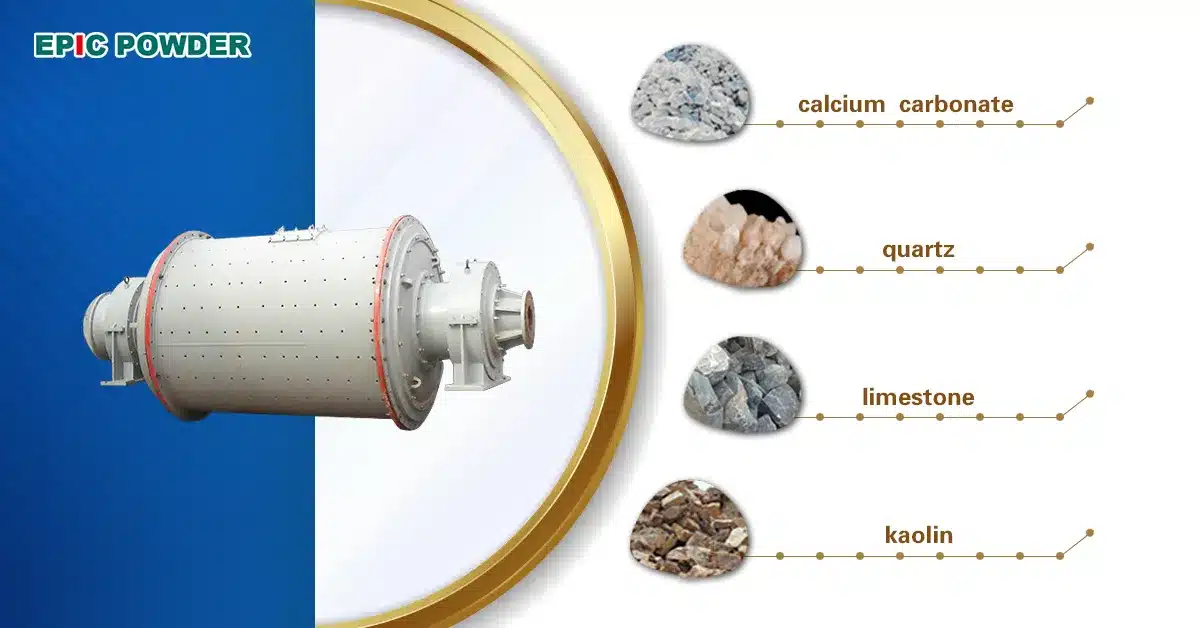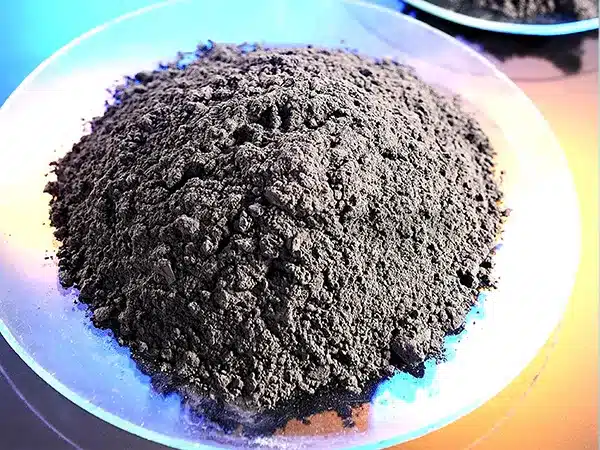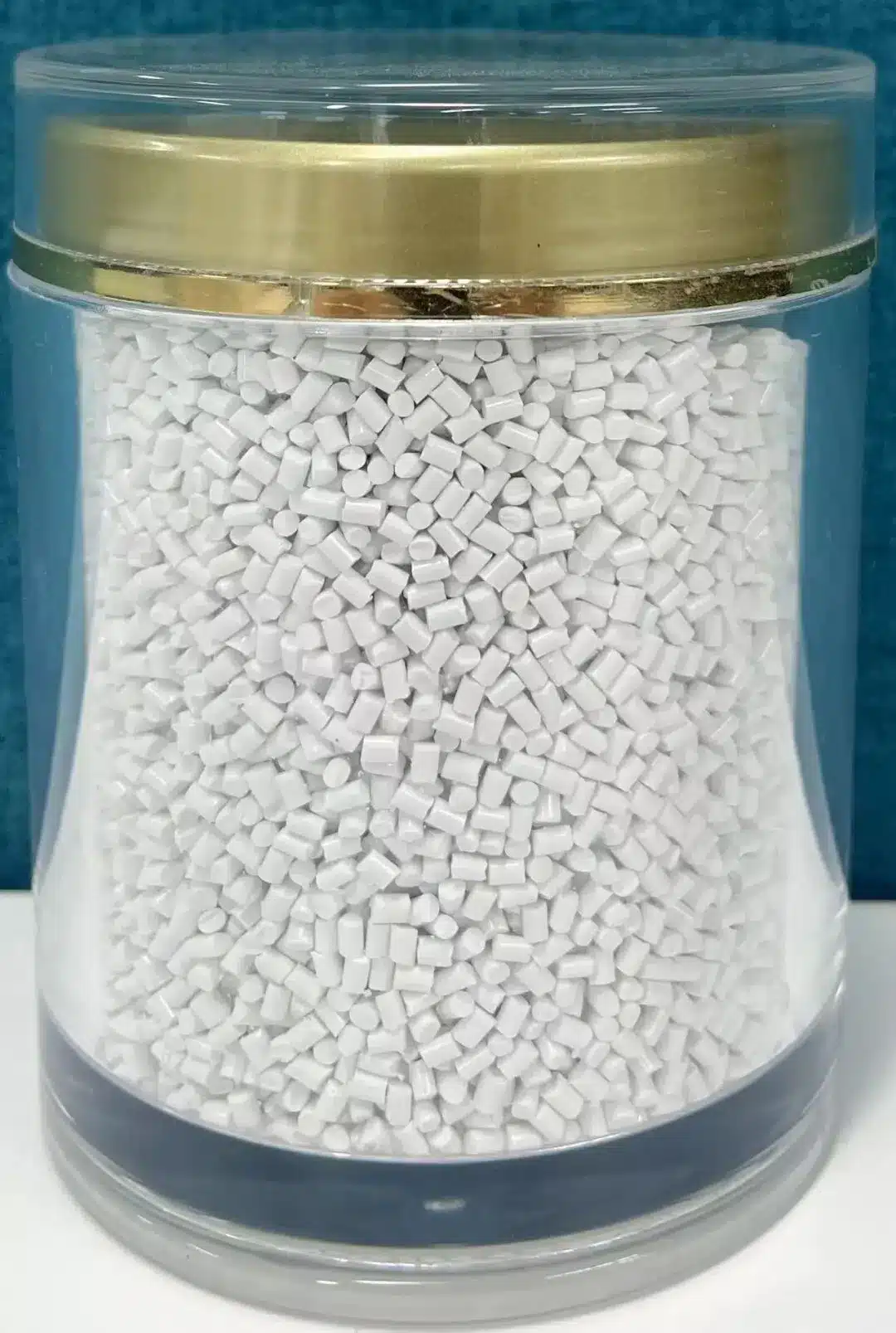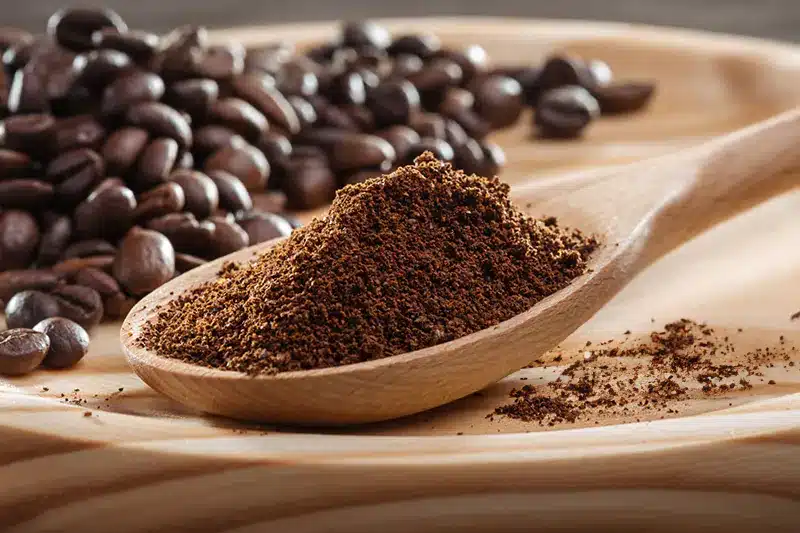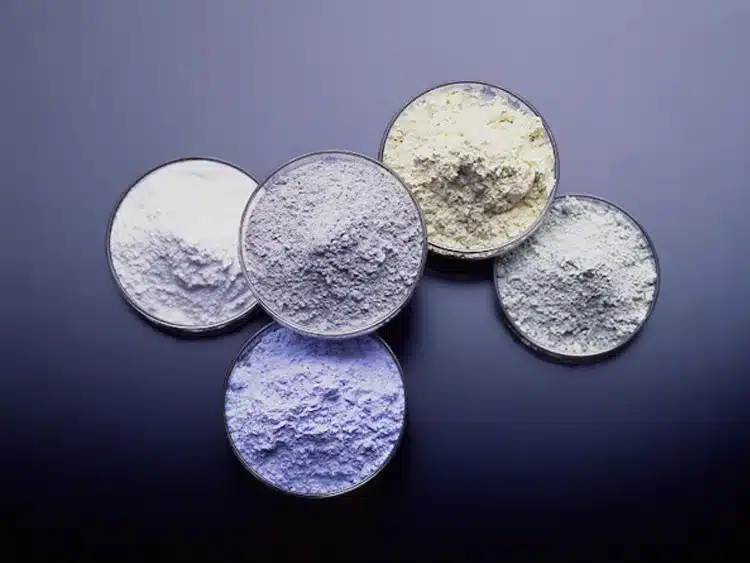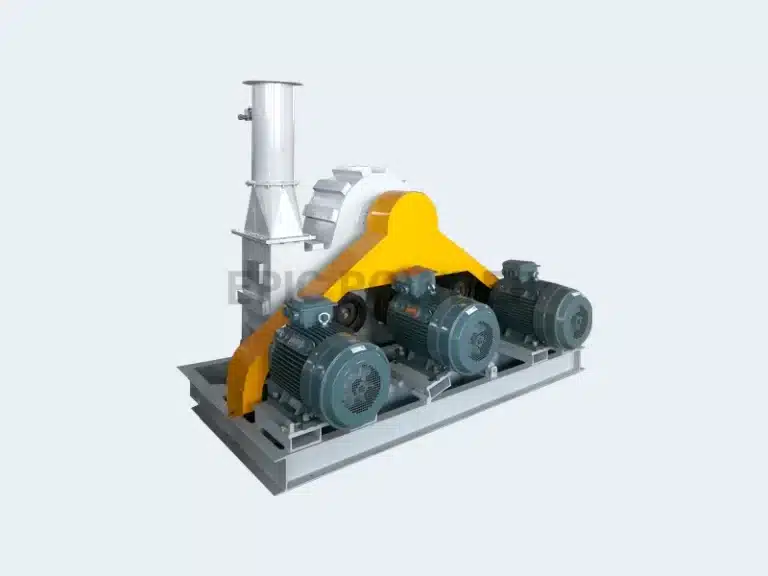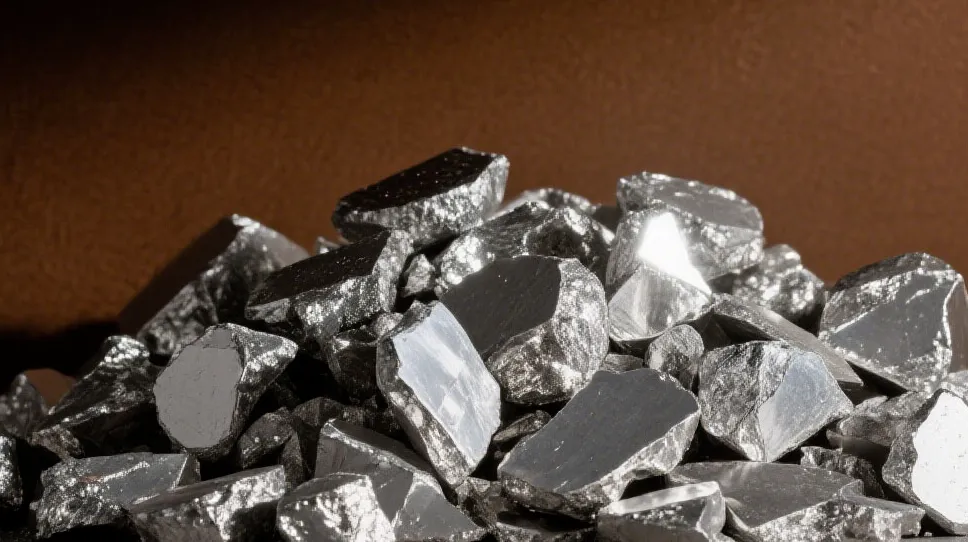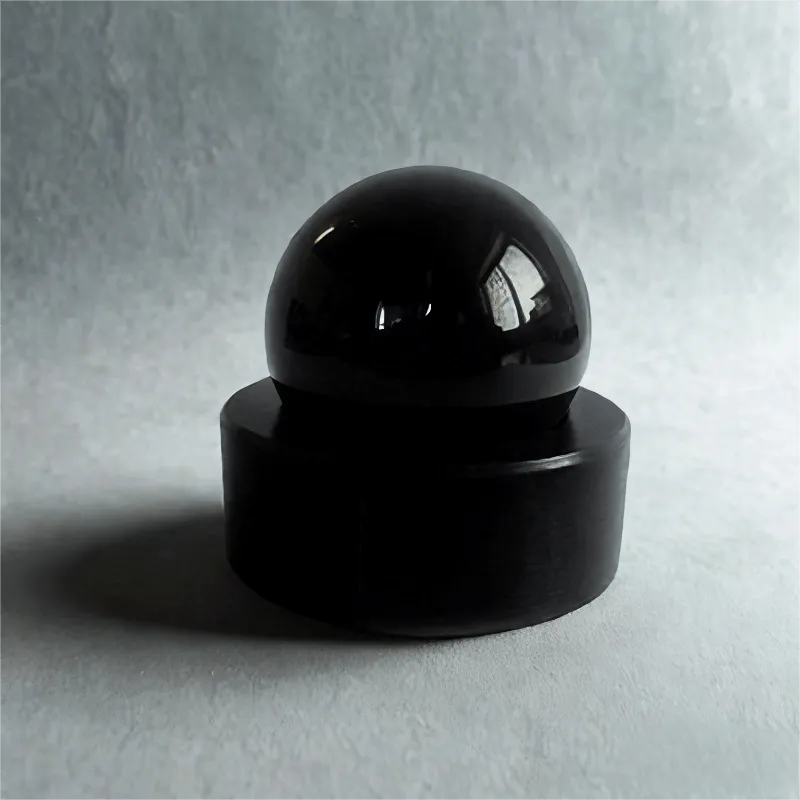
The main synthetic raw materials for silicon carbide ceramics are quartz sand and petroleum coke. The silicon carbide ceramic manufacturing process mainly includes four types: reaction sintering, pressureless sintering, hot-pressing sintering, and recrystallization sintering. Among these, reaction sintering holds the largest market share, pressureless sintering offers excellent performance, hot-pressing sintering is more costly, and recrystallization sintering is used to produce porous materials. Silicon carbide ceramics can be categorized into engineering ceramics and functional ceramics, and they are widely used in specialized fields, including traditional refractory materials, lithium batteries, mechanical sealing rings, heat exchangers, aerospace, and other high-end applications. The market demand for bulletproof silicon carbide is growing rapidly. The market size for rollers used in new energy battery sintering furnaces is substantial, and the market for heat exchange tubes is also expanding quickly.
Raw Materials, Production Processes, and Market Characteristics of Silicon Carbide Ceramics
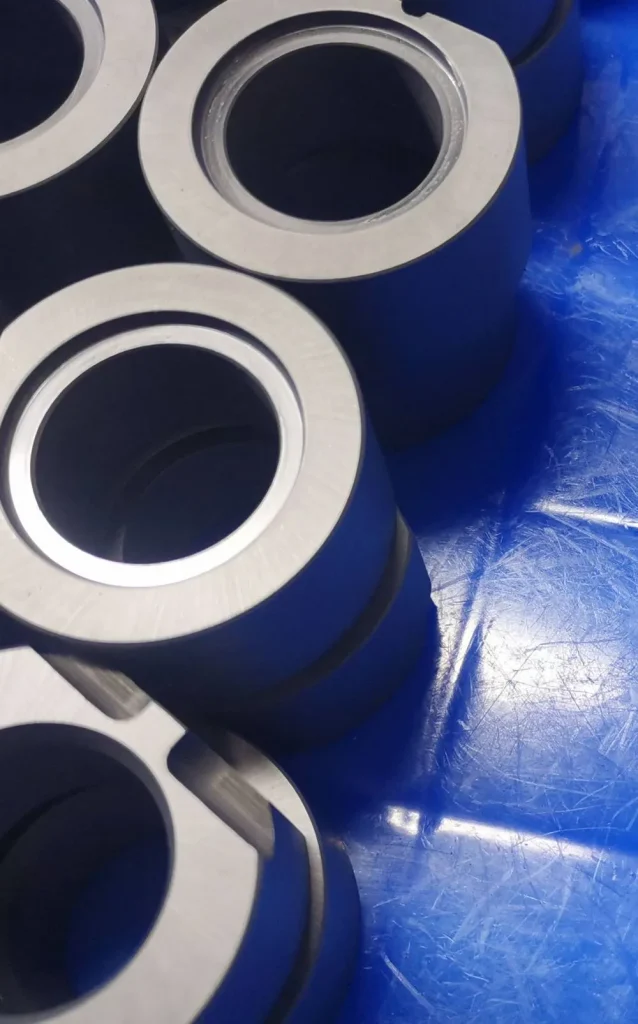
The main synthetic raw materials for silicon carbide are quartz sand and petroleum coke, with global production capacity concentrated in China. The silicon carbide ceramic process is classified into recrystallization sintering, reaction sintering, and pressureless sintering. Among them, reaction-sintered silicon carbide holds the largest market share. It is suitable for wet molding and allows for the manufacturing of complex-shaped components, though its resistance to high temperatures, strength, and wear resistance are relatively inferior. The production of these products involves high technical barriers and is the most profitable segment of the silicon carbide industry. Silicon carbide has no melting point; it transitions directly between solid and gaseous states without becoming molten.
1. Raw Material Source:
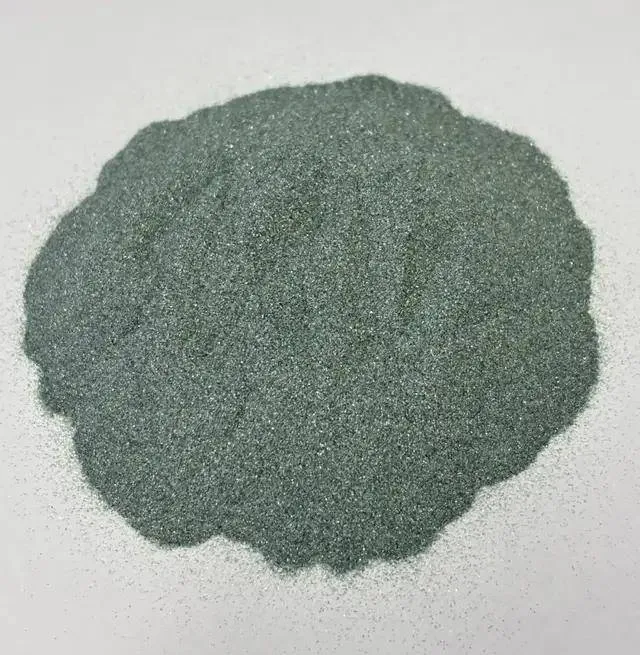
The main source of silicon carbide is artificial synthesis. In China, the raw materials used for silicon carbide synthesis are primarily quartz sand and petroleum coke, with production capacity mainly concentrated in the northwest regions, such as Ningxia, Gansu, and Xinjiang. The natural occurrence of silicon carbide is minimal, so the majority is synthetically produced. The smelting process consumes significant energy and causes environmental pollution. Smelting enterprises are typically large in scale, and the industry’s entry threshold is high. Quartz sand is typically sourced locally, while petroleum coke is supplied by chemical enterprises.
2. Ceramic Processing Techniques:
The silicon carbide ceramic process is divided into recrystallization sintering, reaction sintering, and pressureless sintering. Reaction-sintered silicon carbide holds the largest market share and is suitable for wet molding. It can produce complex-shaped parts with a density of less than 3.05 g/cm³, although its temperature resistance, strength, and wear resistance are relatively low. Pressureless sintering requires the finest powder particle size, typically around 0.5–0.6 microns. In recrystallization sintering, small silicon carbide particles are heated until gasified, after which the larger particles bond. In practical applications, the three sintering techniques often overlap.
3. Silicon carbide
Silicon carbide has no melting point, and its physical states are solid and gas—there is no molten phase. It has high hardness, making it difficult to grind after crushing. Once large silicon carbide blocks are broken down, the resulting material is referred to as sand. Downstream micro-powder companies typically purchase this sand from upstream producers, grind it, and then sell the product according to classification. These micro-powder products are further sold to downstream manufacturers. The purity of the original silicon carbide block has a significant impact on the quality of the micro-powder. In later processing stages, the blocks need to be acid-treated to remove impurities such as free carbon, unreacted silica, and iron.
4. Finished products
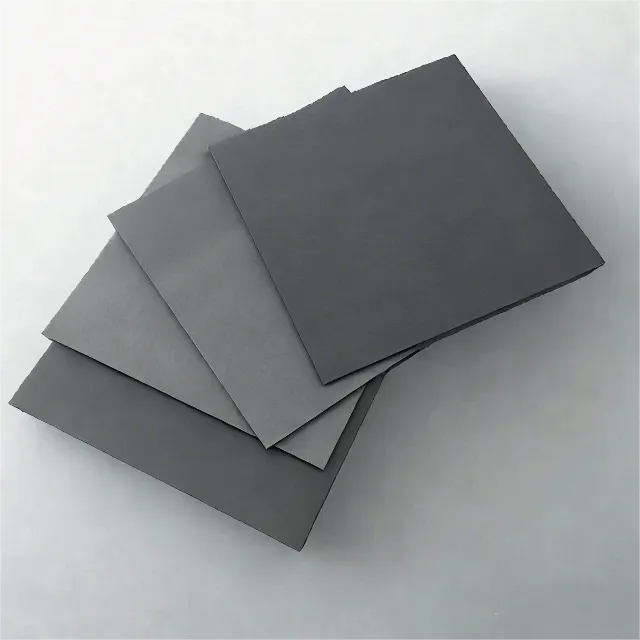
The technical barriers in product manufacturing are high, particularly in grading and sintering processes. Finished products represent the most profitable segment of the silicon carbide industry. They are widely used in applications such as heat-resistant kiln furniture, mechanical seals, and other high-temperature components. Recrystallization-sintered products are porous and have low mechanical strength. They are mainly used in kiln furniture and other heat-resistant materials that do not require high strength. Bulletproof silicon carbide is developing rapidly, with major demand coming from European countries impacted by the Russia–Ukraine war. Pressureless sintered silicon carbide tubes are used in heat exchange applications and are gradually replacing conventional heat exchange materials.
The reaction sintering process involves forming a porous preform using silicon carbide and carbon, followed by infiltration with elemental silicon at high temperature. The silicon reacts with carbon to form additional silicon carbide, while the remaining pores are filled with unreacted silicon. The final product is a composite material consisting of original silicon carbide, newly formed silicon carbide, and approximately 10% elemental silicon. Reaction-sintered silicon carbide holds the largest market share, is suitable for wet molding, can produce complex-shaped components, and has a density of less than 3.05 g/cm³. However, its resistance to high temperature, mechanical strength, and wear resistance are relatively low.
The raw materials used for reaction sintering are coarse, and the process requires a lower reaction temperature, resulting in lower production costs. Recrystallization sintering produces highly porous materials, whereas reaction sintering yields dense materials with minimal porosity. Downstream micro-powder processing has a low technical threshold and represents a low value-added segment. Among smelting enterprises, Pingmei has a large market share and operates across the entire value chain—from original blocks to micro-powders and ceramics. Currently, silicon carbide production capacity is sufficient to meet market demand, and the supply of raw materials remains relatively stable.
Market Segmentation and Application Landscape of Silicon Carbide Ceramics
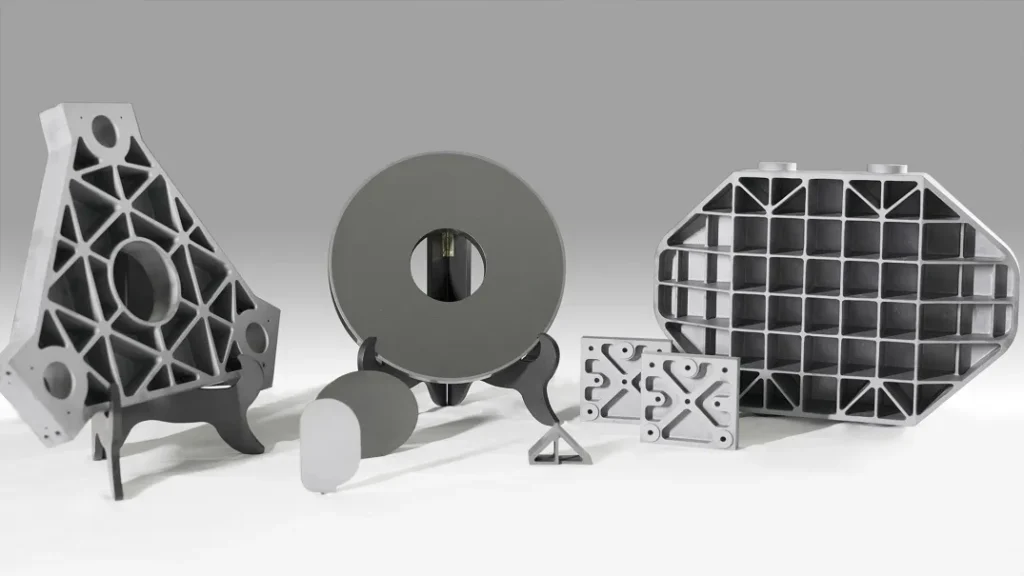
Market demand for bulletproof silicon carbide is expanding rapidly. The market for rollers in new energy battery sintering furnaces is sizable, and demand for heat exchange tubes is also experiencing rapid growth.
The silicon carbide ceramic market is divided into four segments: reaction sintering, pressureless sintering, hot-pressing sintering, and recrystallization sintering.
Reaction sintering has the largest market share due to its low production cost and is primarily used in traditional refractory applications and rollers in lithium battery production.
Pressureless sintering is more costly but offers superior performance and is mainly used in mechanical sealing rings and heat exchangers.
Hot-pressing sintering delivers the best overall performance but comes with high costs and is mainly applied in specialized fields such as aerospace.
Recrystallization sintering produces porous materials with relatively poor performance and is mainly used in kiln furniture, heating elements, automotive exhaust treatment, igniters, nozzles, and packaging substrates.
1. Reaction sintering
Reaction sintering represents the largest share of the silicon carbide ceramics market. It is primarily used in traditional refractory materials and rollers for lithium battery sintering. The raw materials used are coarse, and the process operates at relatively low temperatures, resulting in low production costs. The typical product price is around 40–50 CNY/kg. However, the performance of reaction-sintered materials is moderate, with limited heat and mechanical resistance. Nonetheless, this method is suitable for a wide range of application scenarios.
2. Pressureless sintering
Pressureless sintering is another key segment of the silicon carbide ceramics market, primarily used in mechanical sealing rings and heat exchange applications. Although the cost is higher, it offers better wear resistance, temperature resistance, and mechanical strength compared to reaction sintering. It requires extremely fine powder—typically 0.5–0.6 microns in size. The green body is susceptible to deformation during sintering, and the final product achieves a density of 98–99%. Pressureless sintered silicon carbide is the mainstream material for mechanical sealing rings, widely used as bearing sleeves and in bulletproof applications.
3. Hot-pressing sintering
Hot-pressing sintering produces silicon carbide ceramics with the highest performance, mainly used in aerospace and other high-end applications. Although costly, it offers exceptional hardness, wear resistance, and heat resistance. The raw material particle size is typically around 3.5 microns, and the material is densified through simultaneous heating and pressing, achieving a density of over 99%. However, it has poor formability and is generally limited to producing flat plates. Due to its high cost and limited forming capability, the market size is relatively small.
4. Recrystallization sintering
Recrystallization sintering primarily produces porous materials with lower performance and is commonly used in kiln furniture, heating elements, automotive exhaust treatment, igniters, nozzles, and packaging substrates. This process requires fewer additives and achieves high purity. Larger particle sizes in the starting materials improve heat resistance. Under anaerobic conditions, recrystallized products can withstand temperatures over 2000°C; reaction-sintered materials can endure up to 1400°C in oxygenated environments, while pressureless sintered materials can reach 1600°C. For refractory materials, thermal shock resistance is critical, and porous materials tend to perform well in this aspect.
5. Silicon carbide ceramics
Silicon carbide ceramics are categorized into engineering ceramics and functional ceramics. Engineering ceramics prioritize mechanical performance, while recrystallized silicon carbide is increasingly being developed for functional ceramic applications. For example, porous silicon carbide is commonly used in ceramic suction cups in chip manufacturing.
6. Bulletproof silicon carbide
The demand for bulletproof silicon carbide is growing rapidly, primarily driven by European countries affected by the Russia–Ukraine war. A single production facility can typically reach a capacity of 1–2 tons per day. The market size of rollers used in sintering furnaces for new energy battery production is estimated at 1 billion CNY, with similar production capacities. Rollers serve as structural components in these production lines.
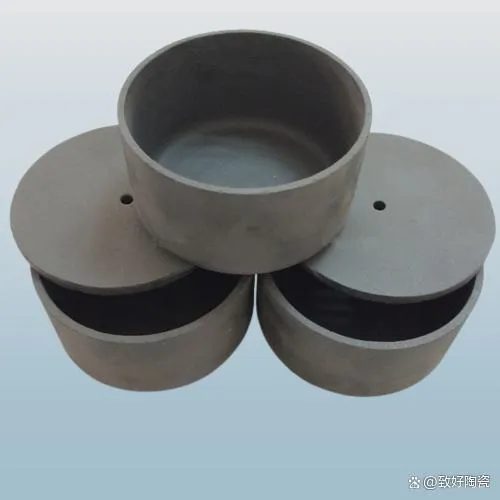
7. Silicon carbide tubes
The heat exchange tube market for silicon carbide ceramics is expanding rapidly, though the overall volume remains small. Silicon carbide tubes are replacing traditional stainless steel or graphite tubes due to their excellent corrosion and wear resistance. Historically, the primary markets for silicon carbide ceramics have included kiln furniture, mechanical seals, bearings, and other mechanical components. Roughly 50% of the market growth over the past two years can be attributed to geopolitical factors such as the Russia–Ukraine conflict, while new energy applications have contributed to 30–40% of the growth.

Epic Powder
At Epic Powder Machinery, we specialize in jet mill technology to support the production of high-performance materials like silicon carbide. With reliable equipment and technical expertise, we are dedicated to helping our customers achieve consistent quality and efficiency in every micron.

